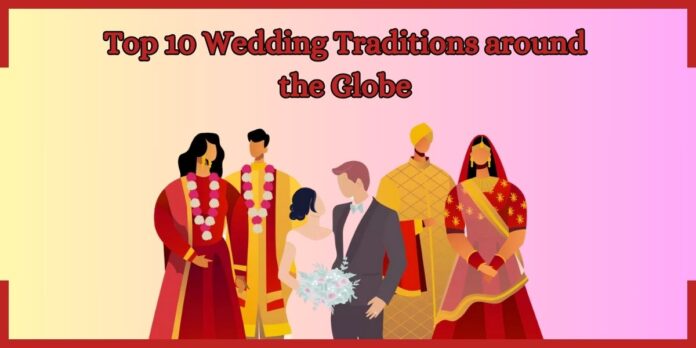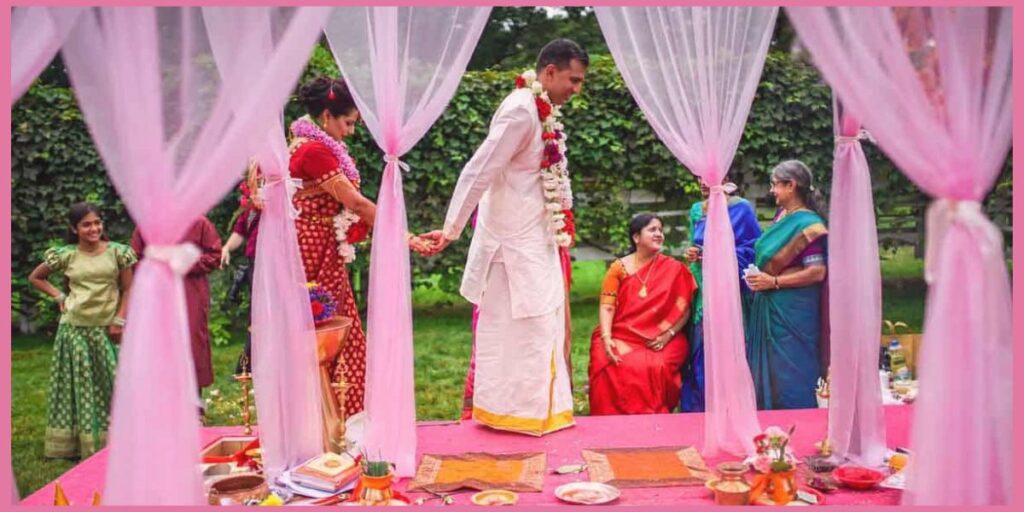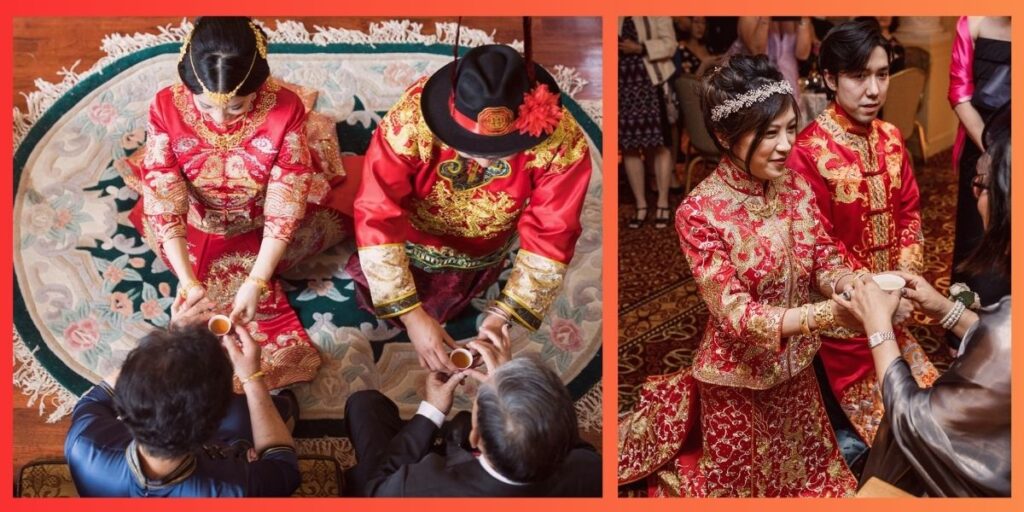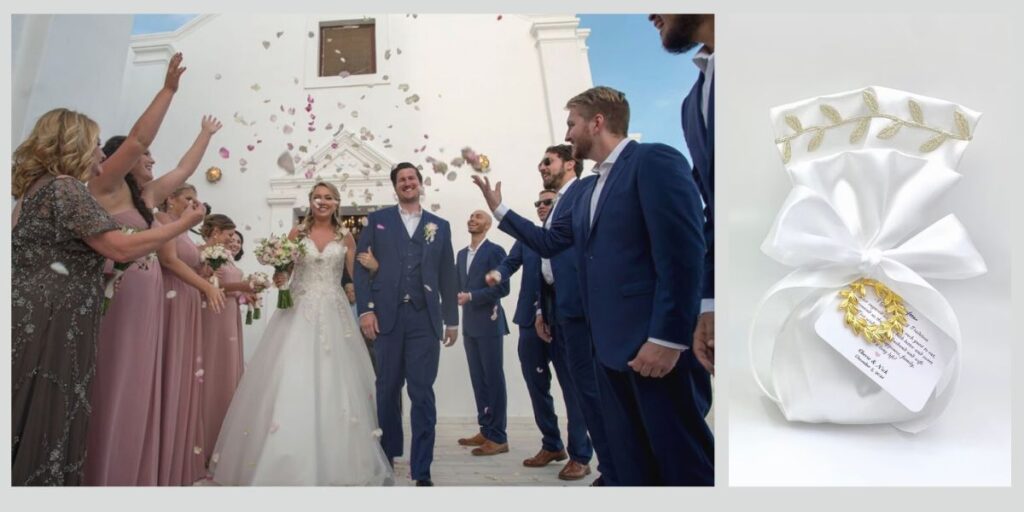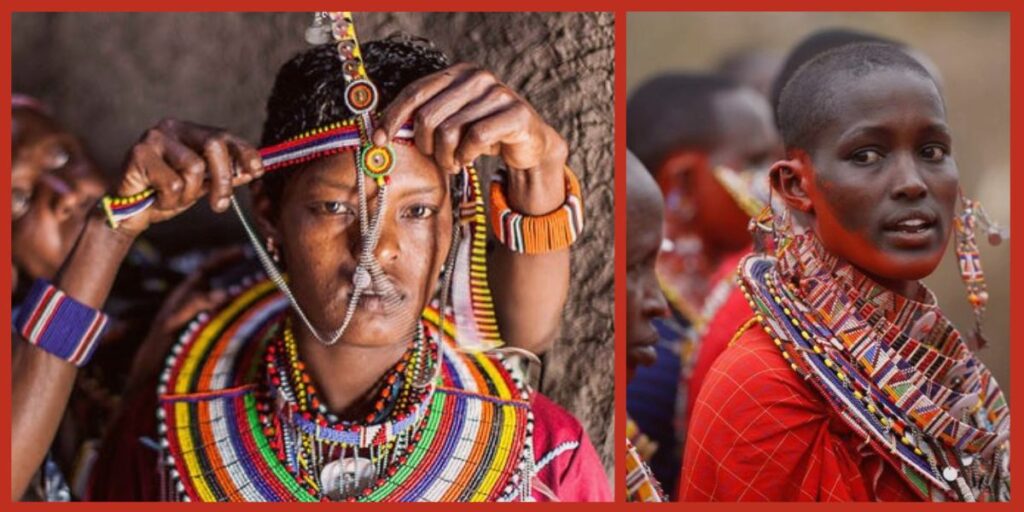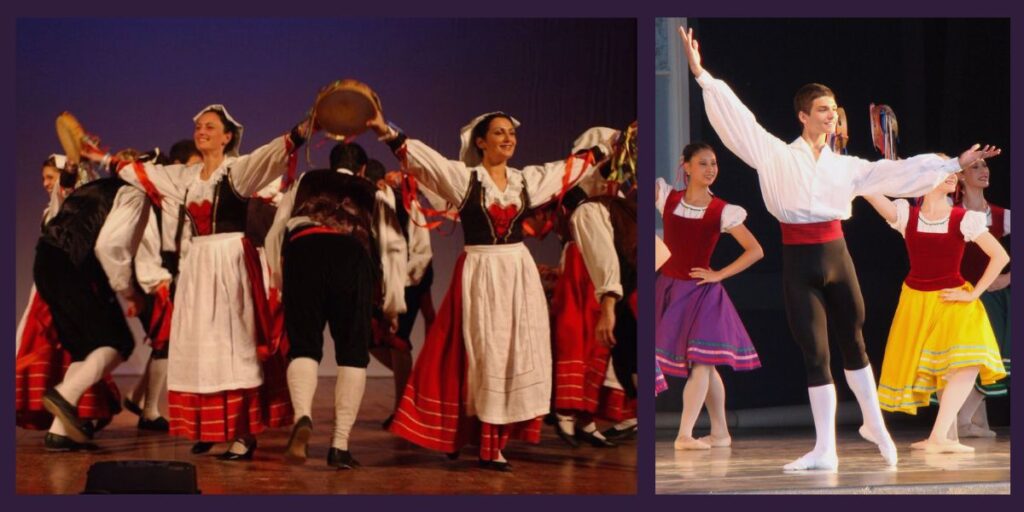Weddings are a universal celebration of love and commitment, yet they are also deeply influenced by the cultural, religious, and historical contexts of the societies in which they occur. From the ornate and colorful ceremonies of India to the serene and symbolic rituals of Japan, wedding traditions around the world offer a fascinating glimpse into the diverse ways humanity celebrates one of life’s most significant milestones. Here, we explore ten unique wedding traditions from around the globe.
India: The Seven Vows (Saptapadi)
In Indian Hindu weddings, the Saptapadi or Seven Vows are a central part of the ceremony. The couple takes seven steps around a sacred fire, each representing a vow or promise they made to each other. These vows include commitments to provide for each other, to grow together in strength and prosperity, to support each other in their spiritual practices, and to remain lifelong companions.
Japan: San-San-Kudo
The Japanese wedding traditions of San-San-Kudo involves the bride and groom taking three sips each from three different sake cups. The first three sips symbolize three couples: the bride and groom, the bride’s parents, and the groom’s parents. The second three sips represent human flaws: hatred, passion, and ignorance. The final three sips signify freedom from these flaws and the unity of the couple and their families.
China: The Tea Ceremony
In Chinese weddings, the tea ceremony is a significant ritual where the bride and groom serve tea to their respective families as a sign of respect. The ceremony often takes place on the wedding day. The couple serves tea to their parents, grandparents, and other elders. This tradition symbolizes the joining of two families and the couple’s respect and gratitude towards their elders.
Scotland: The Blackening of the Bride
In Scotland, particularly in rural areas, the “blackening of the bride” is a pre-wedding tradition where the bride (and sometimes the groom) is covered in a mixture of soot, flour, feathers, and treacle. This ritual is believed to prepare the bride for any future hardships in marriage. Friends and family often carry the couple through the streets, creating a spectacle that brings good luck and wards off evil spirits.
Greece: The Koufeta
Greek weddings are known for their lively celebrations, including the tradition of the koufeta. These are sugar-coated almonds given to guests, symbolizing the bitter and sweet aspects of life. The odd number of almonds signifies that the couple will share everything and remain undivided. The tradition also includes the playful custom of putting a koufeta under one’s pillow to dream of their future spouse.
Mexico: Las Arras Matrimoniales
In Mexican weddings, the tradition of Las Arras Matrimoniales involves the groom presenting the bride with thirteen gold coins, known as arras. These coins represent Christ and his twelve apostles and symbolize the groom’s commitment to providing for his family. The bride accepts the coins, signifying her trust in the groom’s promise and her dedication to managing their household.
Kenya: Maasai Blessing
Among the Maasai people of Kenya, a unique blessing ceremony takes place after the wedding. The bride’s father blesses her by spitting on her head and breasts. While this may seem unusual to outsiders, spitting is considered a sign of good luck and fortune among the Maasai. The couple then walks away together, signifying their new journey in life.
France: La Soupe
French weddings often include the quirky tradition of La Soupe. Where the bride and groom drink from a chamber pot filled with various items such as champagne, chocolate, and other foods. Originally, this ritual involved leftovers from the reception meal, but it has evolved into a more symbolic act. The newlyweds drink from the pot to gain strength and prepare for their first night together.
Italy: La Tarantella
Italian weddings are famous for their festive atmosphere, and one of the highlights is La Tarantella, a lively dance performed by the bride and groom. Guests join in, forming a circle around the couple and dancing in a joyful, fast-paced manner. This dance is believed to bring good luck and a prosperous future to the newlyweds. And it reflects the exuberant spirit of Italian celebrations.
South Korea: Wild Geese
In South Korea, a traditional wedding gift is a pair of wooden ducks or geese, which represent fidelity and a long-lasting marriage. Historically, the groom would present a live goose to the bride’s family, symbolizing his commitment to her. Today, wooden carvings are used, and the gesture remains a meaningful part of the wedding ceremony.
Conclusion:
Weddings are not just about the union of two individuals; they are a tapestry of cultural heritage and traditions passed down through generations. Each ritual, whether it involves intricate ceremonies or playful customs, adds a unique flavor to the celebration and highlights the beauty of cultural diversity. These ten wedding traditions from around the world offer a glimpse into the rich tapestry of human culture. Showcasing how different societies celebrate love and commitment in their distinctive ways.

